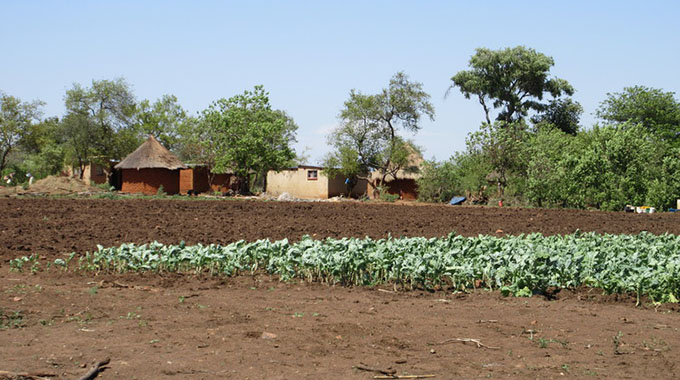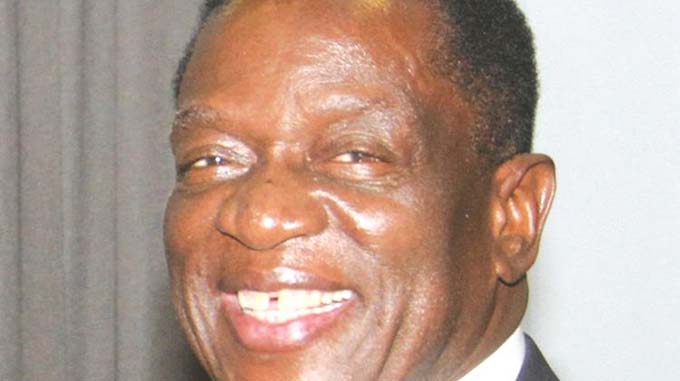Farm viability: Implications for land reform, investment

Ian Scoones Correspondent
THERE are many misconceptions about farming in southern Africa, and one of the most insidious is the notion of “viability”.
A narrow economistic version has predominated that is based on a normative vision of farming based on full-time, large-scale commercial production.
But taking a wider view, what is viable can take different forms more appreciative of the diverse ways farming intertwined with wider livelihoods, and across different scales.
This debate is important as policymakers consider land reform and investment in agriculture and rural development.
In South Africa, a new advisory panel has been established to consider different approaches to delivering land reform, while in Zimbabwe the new Government is gearing up for investment in the agricultural sector.
In both, countries the histories of debates about what is viable resonate strongly today.
Colonial narratives about “good”, “proper”, “modern” farming persist, and are perpetuated by powerful forces resisting land redistribution and aiming for particular styles of investment.
Such narratives are deeply embedded in institutions, planning frameworks and monitoring and evaluation systems.
Too often, the dominant framing has been allied to strong normative, racially-inflected, colonial assumptions, supported today by well-articulated political and commercial interests, hooked into a long history of the assumed benefits of a dualistic agrarian system where modern, large-scale agriculture is seen as the ideal.
Shedding these blinkered perspectives can be tough, but is certainly necessary.
Some years ago now, Ben Cousins and I wrote a piece — Contested paradigms of “viability” in redistributive land reform: perspectives from southern Africa — in the Journal of Peasant Studies on the tricky debate about viability, drawing on material from South Africa, Zimbabwe and Namibia. You can read it here. It made the basic case that a singular, narrow, technocratic, economistic version of viability distorts debate about futures of farming and can act to undermine attempts at redistribution and a more diverse approach to investment in farming.
By creating a seemingly technical discourse around minimum farm size, economic units, carrying capacity, utilisation, land subdivision, size ceilings and so on, particular visions of viability become enacted through policy and planning without interrogation.
But each of these concepts is premised on a set of assumptions. What is the minimum, for whom, and what if other sources of income from off-farm are important? The normative, political dimensions of such perspectives become clear when their history is revealed.
For example, minimum farm sizes (and so appropriate utilisation) were established in the colonial era on the assumption that (white) farmers would be full-time and the income derived from farming according to certain agronomic assumptions would be the same as a senior (white) civil servant.
A black African farmer, offered land in “the reserves” would be expected to have a much lower, subsistence income, and so less land. So if there is no one version of what is viable, what alternatives are there to the ones that are still assumed to be technically correct, despite their dubious histories?
In an ambitious comparison in the paper, we contrast framings derived from neo-classical economics, new institutional economics, livelihoods approaches (both developmentalist and welfarist), radical political economy and Marxism.
All offer different versions of “viability”. Taking a broader view, where for example, sustainable livelihoods, class, gender difference and equity are important, suggests a very different set of options for planning and policy.
In the paper, we pose a number of key questions emerging from the different framings, linked in turn to practical responses and monitoring and evaluation criteria.
From the neo-classical economics perspective, the key question is: how efficient is production on redistributed land? A concern with productive efficiency cannot be dismissed; policies that promote the optimal use of scarce land, labour, and capital are important, while not accepting a simplistic emphasis on ‘market forces’ as the driver of wealth creation.
From the new institutional economics perspective, the key question is: what factors and conditions influence the efficiency of different scales of production?
Questions of scale of production are highly relevant in the southern African context, and so a focus on factors (including institutions and policies) that influence the efficiency of a variety of forms and scales of production is important, while not accepting the neoinstitutionalist premise of a pervasive inverse relationship between scale and efficiency.
From a livelihoods perspective, the key question is: what are the multiple sources of livelihood for land reform beneficiaries?
In southern Africa, a focus on the multiple livelihood sources of poor people would help avoid an overly-narrow focus on farming alone, while not being blind to the structural roots of poverty.
From a welfarist perspective, the key question is: what difference does food production make to the household welfare of land reform beneficiaries?
From a contemporary radical populist perspective, the key question is: does land reform transform exploitative agrarian structures and food regimes?
In the southern African setting, one might, therefore, take on board a central concern with the need to reconfigure food production regimes and associated agrarian structures (at both the national and international scale), including the distribution of productive enterprises and associated property rights, and their performance in terms of output and net income, while not accepting an over-emphasis on the common interests of “peasants” or “the rural poor”.
From a Marxist perspective, the key question is: what dynamics of class differentiation and accumulation occur within land reform?
A central concern with evaluating the economics of land reform in terms of a wider concept of social efficiency and the contribution of agriculture to the growth of society’s productive capacities would be an important contribution.
This would combine with a focus on the class and gender relations that underpin the organisation of production and of the agrarian structure, while not accepting the idealisation of large-scale farming in some strands of the tradition, or an overly-narrow focus on class dynamics to the exclusion of other relevant factors.
Shifting the debate about viability (and so what constitutes “success”) away from the narrow, technocratic economism that has dominated to date means taking alternative framings seriously.
Smallholder farming is not just large, commercial farming scaled down: there are different logics, different practices, different cultures, and so different measures of what is viable.
If a future for agriculture and rural development is to be envisaged, then multiple versions of “viability” (and success) — and so investment and policy focus — must be embraced.
This post was written by Ian Scoones and this version first appeared on Zimbabweland.









Comments